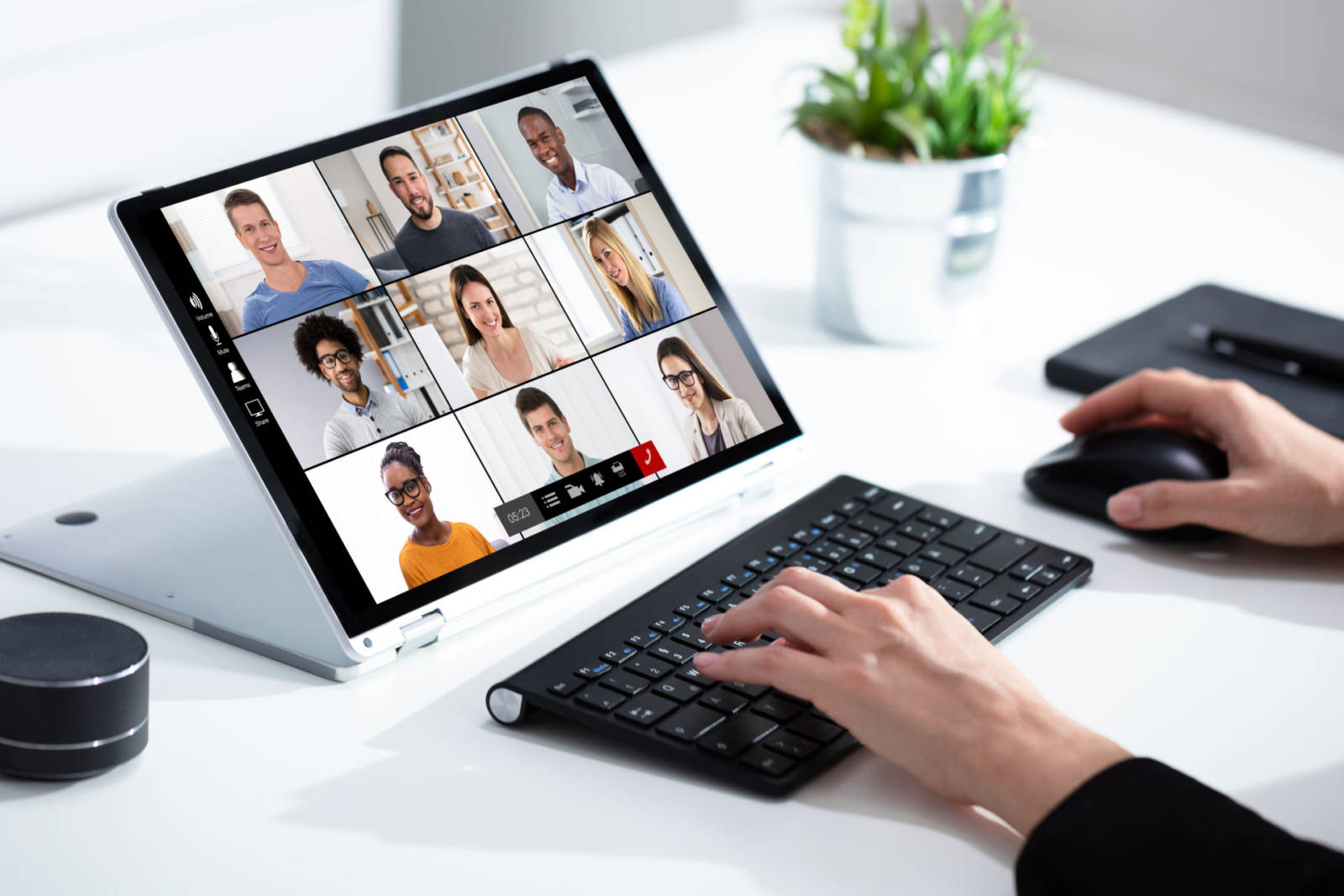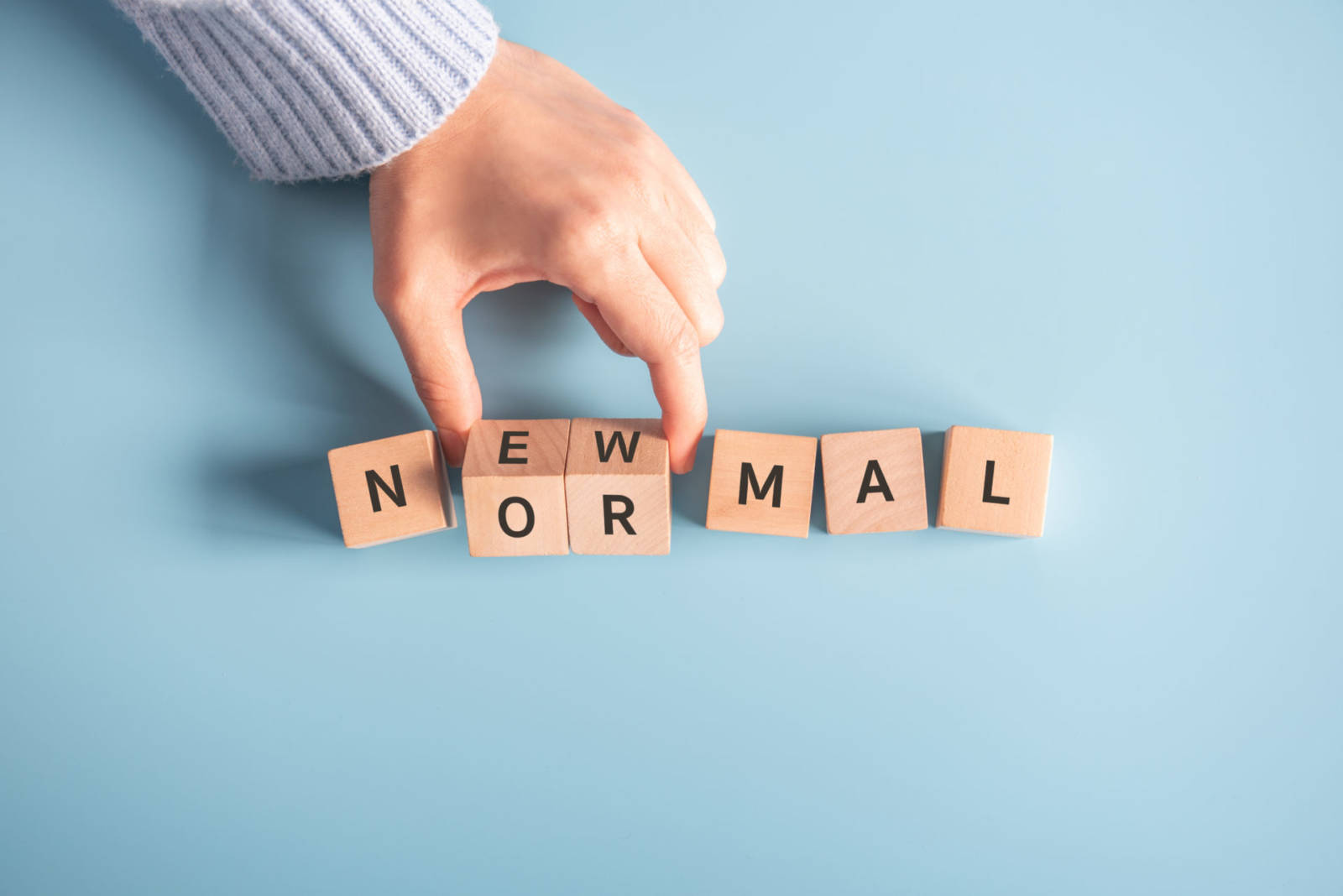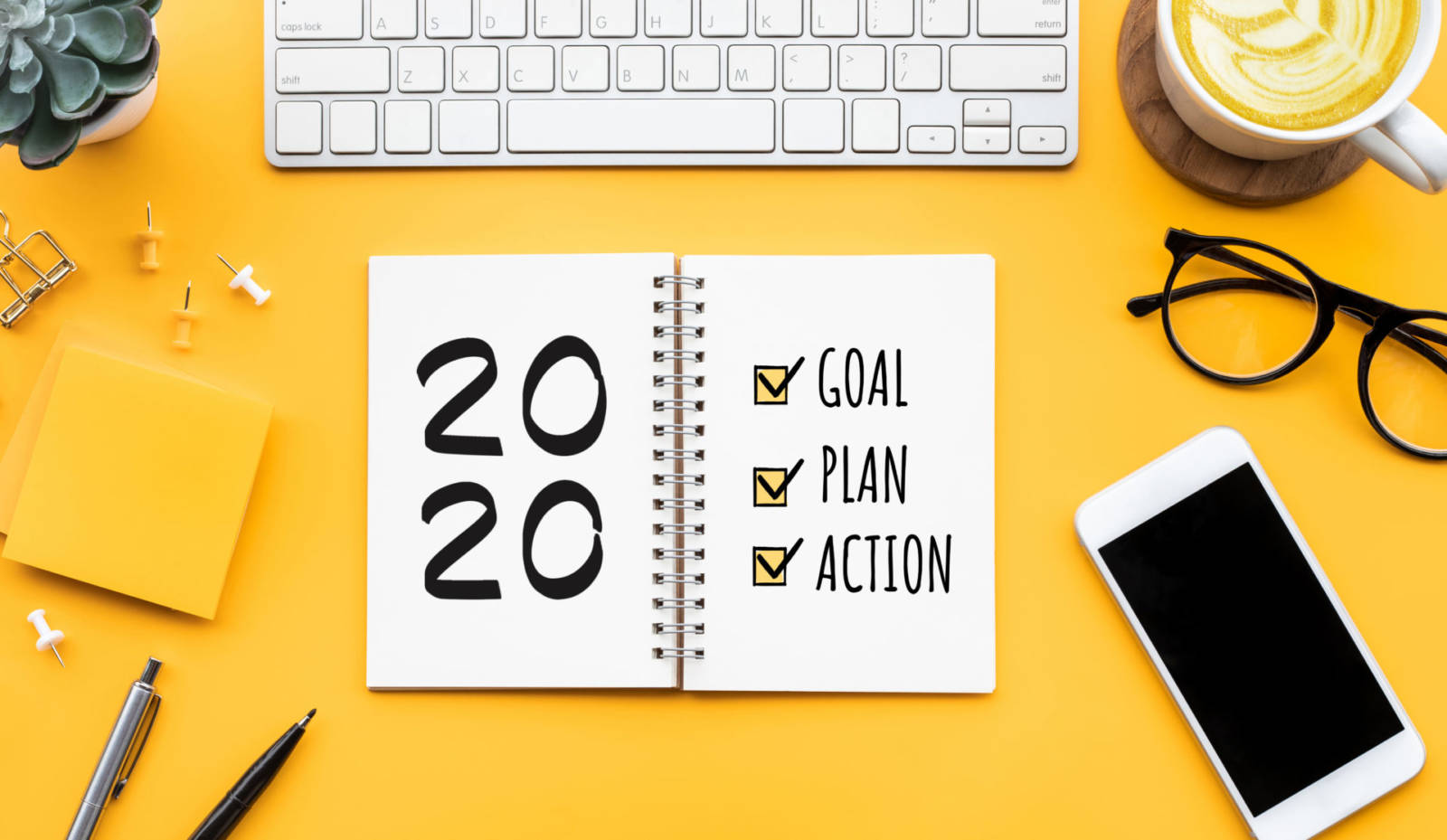
The Future Workplace in a post-COVID world
What does the future workplace look like in a post-COVID world? That’s the big question employees and organizations are asking in 2021, as vaccines are administered across the globe.
While there won’t be a one size fits all approach across industries, we do know that research has found workplaces as a whole likely won’t return to the way they were before the pandemic.
A recent report by global research and advisory firm Gartner finds that 82% of company leaders plan to let employees work remotely some of the time.
According to Gartner’s vice president of advisory in the HR practice, Elisabeth Joyce, the research findings show, “The COVID-19 pandemic brought about a huge experiment in widespread remote working,” she said. “As business leaders plan and execute reopening of their workplaces, they are evaluating more permanent remote working arrangements as a way to meet employee expectations and to build more resilient business operations.”
To learn how to deliver a positive workplace experience amidst the pandemic, check out our recent webinars.
Our team is here to help you automate COVID-safety in your office, from social distancing to contract tracing. To see how it works book a demo.
Embracing Hybrid Work

Smartway2 research conducted during the pandemic found that 90% of survey respondents prefer a combination of remote and in office work, once it is safe to do so. Of the remaining respondents, a very small percentage of workers who we surveyed wanted to return to work in the office full-time or remain working from home full-time. Research from many experts, including our own, have found the answer appears to be a best-of-both-worlds model: hybrid working.
Hybrid work combines working from an office and from home in a flexible manner. Typically, this type of work allows employees the choice to decide where and when they can best get their job done. Prior to the pandemic, many leading companies allowed employees the flexibility to work from home. However, companies that previously were reluctant to institute work from home policies were forced to shift into a remote modality during the pandemic, which gave employees the opportunity to show they can work efficiently and effectively outside the office.
In addition to research from Smartway2 and other leading industry experts, numerous articles in multiple publications – including this Forbes Magazine piece -support the theory that hybrid work might be gaining serious traction. Writing for Forbes, David Morel, CEO of Tiger Recruitment, said, “While some organizations such as Twitter, Square, Facebook and Shopify have announced permanent work-from-home plans, not everyone is ready to dispense with the physical workplace just yet.” Morel continued, “Working from home has allowed businesses to keep operating during the pandemic, and many employees have thrived, but there’s a growing realization that remote working isn’t for everyone. Some people have struggled with the isolation and loneliness of being apart from their co-workers, while others have had to cope with work-from-home arrangements that are far from ideal.”
Reinforcing this concept, research-based consulting organization Global Workplace Analytics found, “Our best estimate is that we will see 25-30% of the workforce working at home on a multiple-days-a-week basis by the end of 2021.”
Creating an Adaptive Workplace

An adaptive workplace requires an ‘on demand’ office, where items like desks, conference rooms, tech equipment, parking, and services are bookable in advance, to minimize waste. Successfully implementing an adaptive workplace requires using utilization data to better understand what it takes to fulfill employee needs. In turn, this will empower your employees to make more efficient decisions that will create an ever-better employee experience.
Smartway2 highlights the importance of an adaptive workplace in this webinar. We believe an adaptive workplace centers around creating a positive employee experience, because employees who are inspired are proven to be significantly more productive than those who are not.
Adaptive Tools
At Smartway2 we strive to help make your transition into an adaptive workplace easier. We know you need cloud-based tools that are easy-to-change and easy to update. Smartway2 has built a rules engine that makes it easy to customize workflows and adapt to whatever the future brings, including automated COVID safety.
Goals to Strive For

Below is a list of workplace strategy goals that apply to all different companies, no matter the industry or sector. Improving these workplace elements can help to fulfil employees’ need for collaboration, socialization, learning and deep work:
- Safety and wellbeing
- Performance and productivity
- Innovation and communications
- Cost savings and efficiencies
- Sustainability and carbon footprint
- Talent attraction and retention
Expert Advice

Writing about an adaptive work environment, EdApp, a free microlearning-based learning management system, found, “Building an adaptive culture in your workplace is essential to the strength and extent of corporate success. Culture sets the stage for your employees’ performance and interactions.”
EdApp offers 3 ways to “create a dynamic and adaptive workplace for optimal performance:”
- Implementation of modern learning tools and processes
Staying up to date with modern learning strategy is essential for the ongoing training and education of employees in our digital age. Technological advancements have given rise to a multitude of technology-based processes, such as mobile learning. This has enabled learners to work at their own pace, significantly increasing their engagement and training time. This contributes to an adaptive workforce as learning is made flexible to seamlessly fit into employees’ schedules.
- Set clear goals and objectives for employees to achieve
When goals are shared with employees, motivation is instilled into their daily actions for their respective roles. When corporate objectives are reached, an sense of achievement is felt by employees, contributing to their level of engagement. When employees feel valued and are of significance in the enterprise, performance is boosted, making for a greater and stronger workplace.
- Effective Adaptive Workplace Design
It may seem insignificant, but how your office is physically designed has a major influence on the performance of your employees. We suggest three architectural tips for your ideal and adaptive workplace.
- A flexible workspace
- Natural light
- Break rooms, cafes or other spaces for downtime
Future Predictions

Leading global technology IT research, sourcing, and advisory firm ISG has put together a helpful list of the “5 building blocks of the workplace of the future:”
- Processes that enable you to get the right products (existing and new) to market quickly, often in innovative digital forms
- The best possible user experience for your customers whoever channel they use – in real life and virtually
- The best user experience for your employees – permanent, temporary and freelance
- A strategy to make the most of your data; understanding what you have, what you collect and how you can analyze it to yield value
- Ultimate operational efficiency behind the scenes so that all of the above becomes possible.
There are all sorts of predictions of what the workplace will look like for the future, and specifically in the year to come. According to Deloitte: “COVID-19 has reminded us of the dual imperatives of worker well-being and work transformation, but executives are still missing the importance of connecting the two. Organizations that integrate well-being into the design of work at the individual, team, and organizational levels will build a sustainable future where workers can feel and perform at their best.”
Smartway2 offers a unique workplace scheduling software for modern, agile and collaborative companies. Our flexible software can enable you to increase productivity, optimize your space and reduce your carbon footprint.


